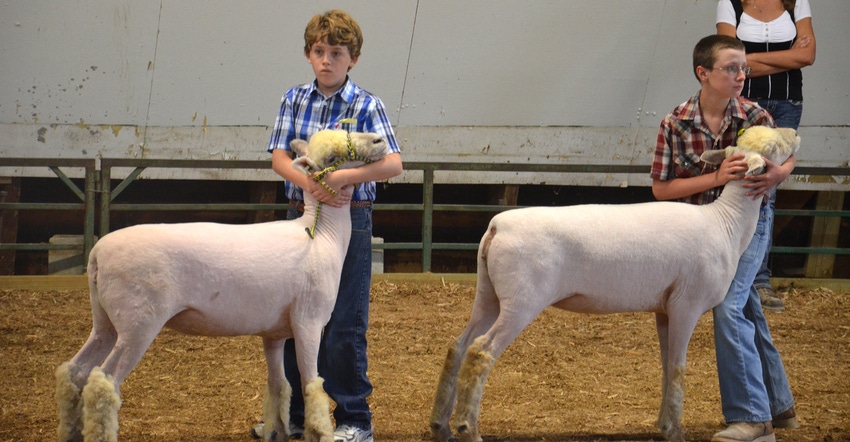July 4, 2019

All counties and the Indiana State Fair have adopted policies that require every 4-H livestock exhibitor to take a course about animal care and animal welfare. After release of the video shot at Fair Oaks Farms, animal welfare is on everyone’s mind.
These training programs were required before that video existed. Most livestock commodity groups support them. Training that acquaints producers with the right ways to care for animals can be productive. It updates producers on the latest techniques to keep animals healthy and handle them humanely.
But what about requiring these same courses for young 4-H’ers? One dad recently expressed doubts. “I sat through a 45-minute program with my child, and it was obvious the presenter’s heart wasn’t in it,” he noted. “The person flipped through the canned PowerPoint quickly. I’m not sure the person had ever showed an animal.”
If a 4-H member can’t attend a program in person, he or she can take the course online. The best-case scenario is that an adult sits alongside, explaining what a 9-year-old might not understand.
My grandson took the course online with Grandma. Did he learn anything?
“Yes, I did, Grandpa,” he told me. “You’re not supposed to yell at the sheep.”
OK, I guess that’s a start.
Expectation vs. reality
It’s easy to see why 4-H officials require these training programs. They’re under the gun to curb cheating, which sometimes involves abuse of animals. Meetings and the internet are fast ways to reach people. But will sitting in a course for 45 minutes really stop a 4-H’er with an aggressive parent from slipping illegal drugs into an animal? Who is kidding who?
The bottom line is two-pronged. First, are training programs carried out just so program leaders can feel good and show the public they’re doing something? Or are kids learning things that will result in different results at animal shows and at home? Will the kid who beats his hog with a plastic pipe no longer beat the pig because he watched a PowerPoint?
Second, is there a better alternative? Bill Field, a Purdue University professor and 4-H dad, thinks there is. Is it practical for everyone? Maybe not. But perhaps it can still work for some.
“My daughter understands animal welfare because she grew up caring for animals,” Field explains. “She understands the ethics of taking care of chickens and cows because she has watched us do it, not because she saw it on the internet.
“I grew up in upstate New York. My mentors were wives of dairy farmers. They worked with calves, and they taught me to care for animals.
“My other mentor was the county 4-H agent. He came to our place to see our animals. I learned animal care and welfare from people working with real animals.”
No, every 4-H member doesn’t have that opportunity. But why not encourage leaders and educators to work with those that do? Why not train with real animals? Isn’t there room to use technology when it’s the best option to teach a kid, but still use tried-and-true, time-honored techniques if those opportunities still exist? And they still exist in many parts of Indiana today.
The common-sense answer would seem to be “yes.” Time will tell if common sense wins out going forward.
Comments? Email [email protected].
You May Also Like




